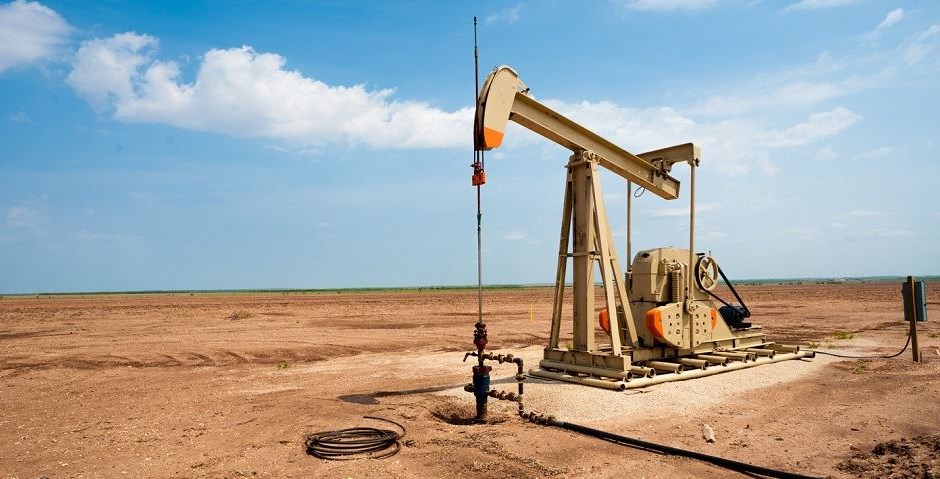Oil & Gas Well Plug & Abandonment: Reducing Costs

Estimated reading time: 5 minutes

To reduce the cost of abandonment operations, operators and regulators strive to improve how P&As are performed and service companies are continually developing tools and techniques to increase efficiency without compromising safety.
Oil and gas wells that are no longer economically viable for production, or have wellbore issues that require closure, undergo a process of plugging and abandoning (P&A). Production wells that can no longer be used are plugged to prevent the oil and gas reservoir fluids from migrating uphole over time and possibly contaminating other formations and water bodies.
A well is plugged by setting mechanical or cement plugs in the wellbore at specific intervals to prevent fluid flow. The plugging process usually requires a workover rig and cement pumped into the wellbore. The plugging process can take two days to a week, depending on the number of plugs to be set in the well. The P&A work takes capital to complete and provides no return on the investment for the oil companies.
Reducing Costs of Well Plug and Abandonment
Most wells are plugged at the lowest cost possible following the minimum requirements set forth by the oil and gas regulating agencies. To reduce the cost of abandonment operations, operators and regulators strive to improve how P&As are performed and service companies are continually developing tools and techniques to increase efficiency without compromising safety.
Minimizing costs, without sacrificing well integrity, is critical to operators, who make a significant investment with no financial return in the case of P&A operations.
Industry-wide cement plug failures is a costly expense. It accounts for more than 1,000 hours of lost time and USD 20 million in non-productive time (NPT) costs each year, including individual failures responsible for up to 350 hours of lost time and USD 3 million in NPT costs.
Examples of cement plug failures include:
- Unset or soft cement that cannot meet the plug requirements
- Top of cement not at the designed depth
- Loss of cement plug
- Stuck pipe
The causes of cement plug failures include incorrect temperatures, slurry contamination, cement falling in the wellbore, and inadequate displacement methods.
Case Study
In 2012, 9 US cement plug failures resulted in over 200 hours of lost time and USD 500,000 in non-productive time costs. This was the result of the lack of technical design criteria and accountability process, including other failures related to cement contamination, incorrect displacement, poor slurry design, and incorrect well data.
A series of best practices were implemented to reduce the high costs. Best practices applied during a new process include:
- Temperature mapping of major fields
- Evaluation of the plug base
- Implementation of mechanical fluid separation
- Optimization of balancing fluids while pulling out of hole
- Mathematical modeling of fluid contamination
- Improved plug cement designs
This resulted in improved results and reduction in costs. There have been no plug failures, no non-productive time costs and no rig costs from failed cement plug operations.
Well abandonment is commonly the largest cost element of decommissioning and often results in significant cost overrun. However, adoption of good practises and lessons learnt from the growing portfolio of operations completed to date, have shown significant improvements in job duration and non-productive time. In addition, lessons learnt in job design can be used to ensure abandonment barrier quality, minimising the risk of future environmental impact and liability for costly remedial well re-entry.
Advanced Well Plug and Abandonment is a 3-day training course held from 14 - 16 November 2022 (Kuala Lumpur). The main objective of the course is to equip practitioners with good practices for the management of design, planning and executing abandonment, focusing the major and sometimes unique challenges posed by abandoning aged well stock, whether subsea or on land/platforms. Delegates will appreciate the drivers behind approaches to well abandonment, understand good practises in both designs, planning and execution as well as introduction to a wide range of techniques including new and emerging technologies and plugging materials.
Register your interest below to receive the training course brochure.

